#pawel dobrzycki
Text


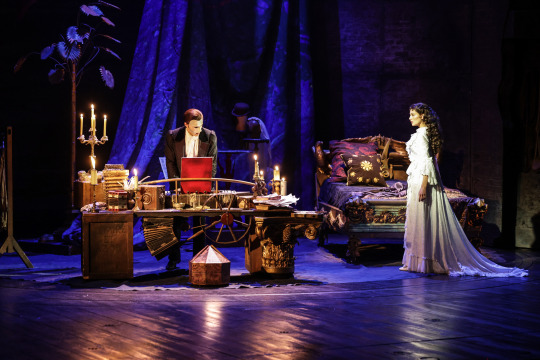



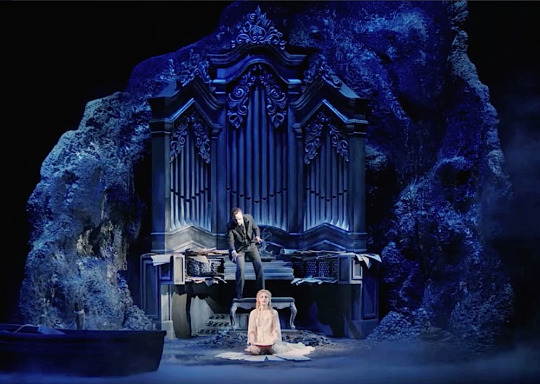

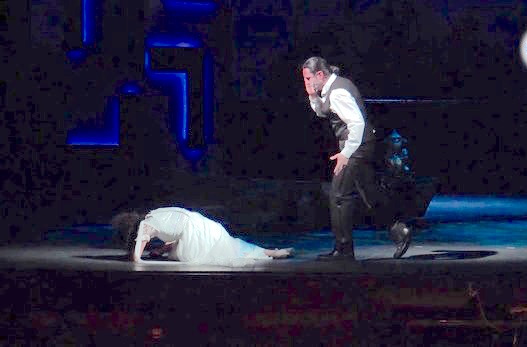


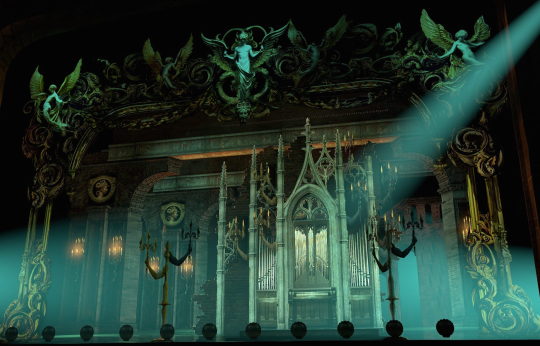

The Phantom's organ in non-replica productions
Hungary (design by Kentaur)
Poland (design by Pawel Dobrzycki?)
Restaged Tour (design by Paul Brown)
Estonia (design Iir Hermeliin)
Czech Republic (design by Daniel Dvořák)
Finland / Sweden (design by Teppo Järvinen)
Romania / Norway / Greece (design by Andrew Riley)
Serbia (design by ?)
Bulgaria (design by ?)
Kristianstad, Sweden (design by David Rix + Emil Sigfridsson)
Sydney Harbour, Australia (design by Gabriela Tylesova)
Romania (design by Gary McCann)
Italy / Monacy / Spain (design by Clara Abbruzzese)
#phantom of the opera#non replica#the phantom's organ#first lair#the phantom's lair#not tagging them all
167 notes
·
View notes
Photo
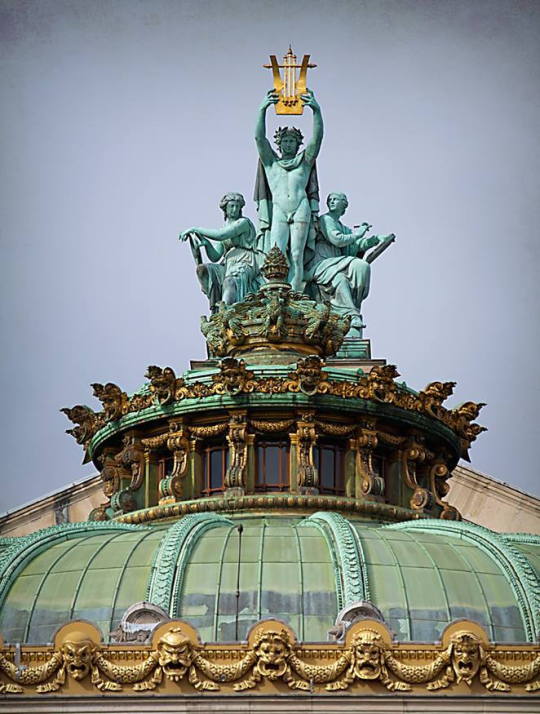




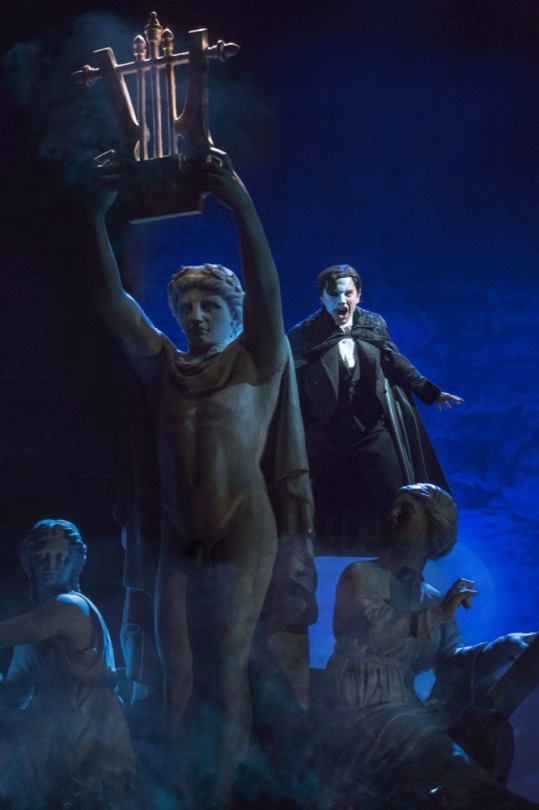

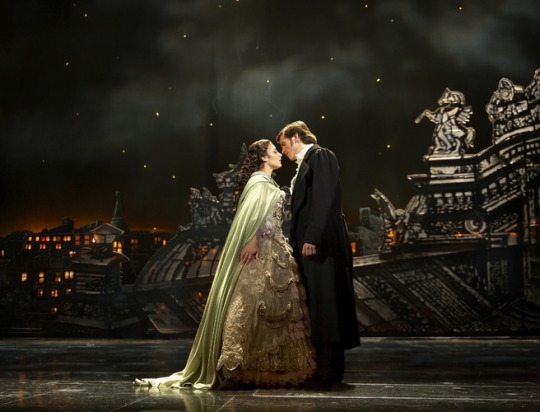
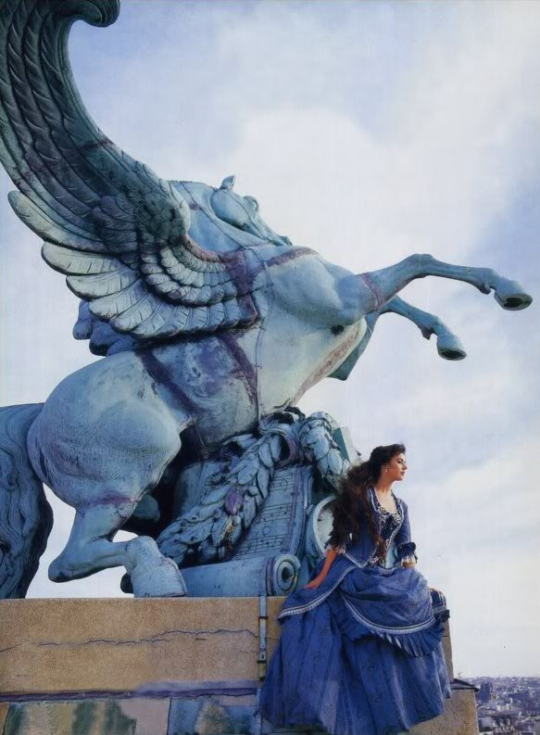
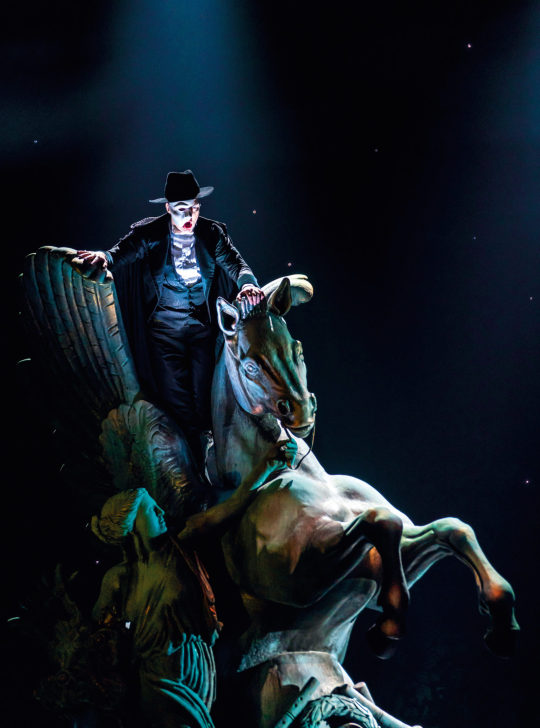
Palais Garnier rooftop + stage sets for the Rooftop scene
Apollo’s Lyre + dome / POTO Hungary (Design: Kentaur)
Harmony or Poetry / POTO Poland (Design: Pawel Dobrzycki)
Apollo’s Lyre / POTO Restaged Tour (Design: Paul Brown)
Side dome + Pegasus / POTO West End (Design: Maria Bjørnson)
Pegasus / POTO UK Tour Revival (Design: Matt Kinley)
#phantom of the opera#rooftop#all i ask of you#i gave you my music#palais garnie#opera garnie#apollo's lyre#pegasus#kentaur#pawel dobrzycki#paul brown#maria bjørnson#matt kinley#stage design
297 notes
·
View notes
Photo
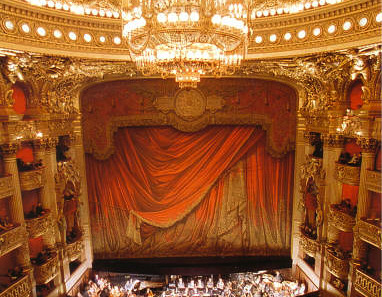




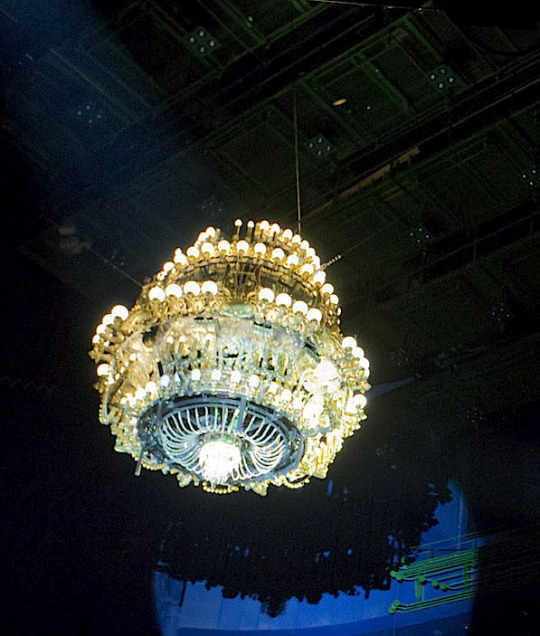




The Palais Garnier and “Phantom of the Opera” productions on stage:
Phantom Poland, with set design by Pawel Dobrzycki and costume design by Magdalena Tesławska and Paweł Grabarczyk.
The proscenium and chandelier
Royal Boxes / “Box five”
The chandelier
Rooftop with the golden “poetry” and “Harmony” sculptures
Grand staircase
#phantom of the opera#palais garnier#gaston leroux#andrew lloyd webber#pawel dobrzycki#magdalena teslawska#pawel grabarczyk#phantom of the opera design#rooftop#grand staircase#chandelier#garnier inspired productions
211 notes
·
View notes
Photo
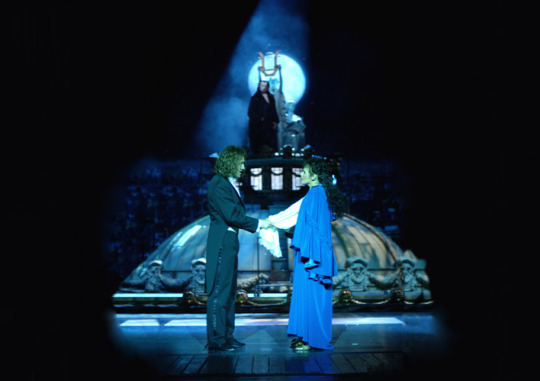


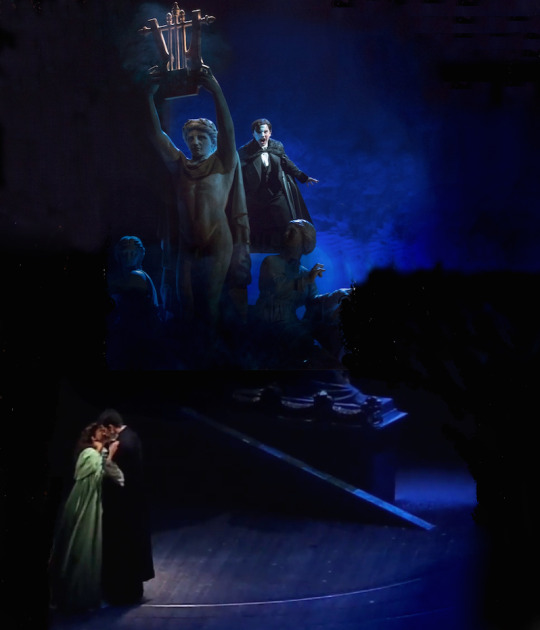



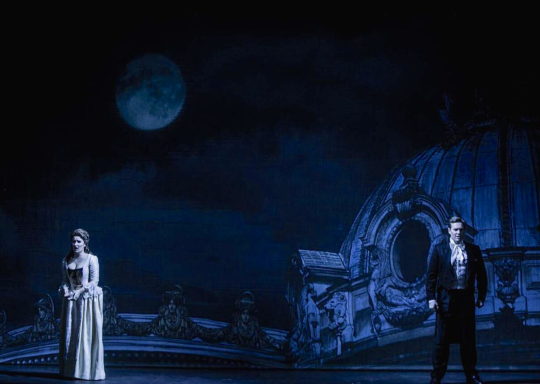


The Rooftop set in non-replica productions
Hungary (2004): The first non-replica production. In want of recreating another part of the rooftop than what Maria Bjørnson went for, the designer replicated the Apollo’s lyre on the dome, set against the fullmoon. This created a wonderful eerie look, and one to inspire several productions to come. Design: Kentaur.
Romania/Norway/Greece (2015/2018): Stepping away from the focus on sculptures, this design instead focus on the dome itself. In the original Romanian production the Eiffel Tower could be seen in the background, while the updated look for Norway and Greece featured a full moon. Design: Andrew Riley.
Royal Albert Hall (2011): A look that seems greatly inspired by the Hungarian design, but due to the venue mostly created by LED screens. The design shows the dome under the Apollo’s lyre sculpture, set against the night sky with clouds and moonshine. (shown here is the concept design and not the actual stage set, which was brighter and more colourful). Design: Matt Kinley, based on Maria Bjørnson.
Restaged Tour (2012): The director for the tour was the same as RAH, and the Apollo’s lyre and moonshine design was repeated for the tour. But here they could recreate it in solid sets - thus looking even more like its Hungarian ancestor. A big difference is that the dome is smaller and the sculpture a lot larger. Design: Paul Brown.
Finland/Sweden (2015): A golden winged sculpture and a hint of window set against a dark background creates a moody Rooftop look. The sculpture is facing the young lovers. Design: Teppo Järvinen.
Czech Republic (2014): Not unlike Finland/Sweden, this production also features a golden winged sculpture, but here set on top of a more defined glass dome. The sculpture is turned away from the young lovers, placing them behind the sculpture. Design: Daniel Dvorák.
Poland (2008): The second non-replica production had the challenge of finding a look that did not remind of either the original Bjørnson design, nor the first non-replica design in Hungary. They chose the golden sculpture of either Harmony or Poetry (I can’t tell which one) from the Garnier rooftop. Here too it was set against a night-sky-with-full-moon backdrop, though with a platform-like structure rather than a dome. Design: Pawel Dobrzycki.
Estonia (2014): Like the Romanian/Norwegian/Greek design, this production focus on a dome rather than sculpture. Here it’s not a solid set, but rather a backdrop, and with the fullmoon present. Design: Iir Hermeliin.
Serbia (2017): Keeping it absolutely low-key, with a black stage, smoke and a bridge. The Phantom emerges on top of the bridge, substituting for a sculpture one might say, while the young lovers are placed underneath the bridge. Design: Aleksandar Denić.
Bulgaria (2019): This production feature a design quite similar to Finland/Sweden: a big golden, winged sculpture facing the young lovers, as well as a hint of an architectural element underneath. Design: ?
So to summon up, the most used features are:
Sculpture: 7 (Apollo’s lyre: 3), fullmoon / moon: 6, dome: 6, neither: 1
In other words, it will be interesting to see what the upcoming non-replica Kristianstad/Sweden production has chosen as their Rooftop design.
#rooftop#phantom of the opera#phantom of the opera design#all i ask of you#non replica#apollo's lyre#palais garnier
43 notes
·
View notes